There's a green tea recipe for just about everything you can imagine these days. Today, I'm sharing a recipe for matcha green tea milk bread that's a must-try!
Adding Green Tea to Bread Recipes
The best part about baking is the creative freedom of making something one of a kind with your own hands.
Choosing your favorite fresh ingredients and trying new things leads to delicious discoveries about taste and health. Adding green tea or matcha to baked bread is a great way to incorporate a tasty superfood that you already know and love into your diet. Sure, fresh tea leaves are not usually what comes to mind when choosing ingredients to bake bread. But many bakers worldwide have already found the pleasure of baking with tea, and soon you will too!
Although an uncommon bread ingredient for most, green tea can lend not only benefits of a unique earthy flavor but also incredible health benefits. The versatility of this superfood ingredient in bread baking alone is almost as impressive as the complete nutrition it provides for your body and mind.
(You can read all about the impressive health benefits of green tea in this post)
A suggestion for balancing out the earthy, sometimes bitter flavor of green tea or matcha is adding sweetener. Raw sugar, honey, agave, and maple syrup compliment the flavor and aroma that green tea presents and are easy to add to a bread recipe. This tip can be used for sweet or savory bread recipes alike.
Adding a pinch of extra salt along with a sweet component to a savory bread recipe allows the flavors to bring out the best in one another, adding complexity and depth to a fresh, homemade baked bread.
Experimenting with different types of green tea can also make your bread unique each time you bake it. For example, using sencha or genmaicha instead of matcha may lend a more subtle or toasty flavor profile. Blending teas can open up even more possibilities — try mixing matcha with a hint of jasmine tea for a floral note, or combine roasted hojicha for a warm, nutty undertone that pairs beautifully with hearty grains.
Another benefit of adding green tea to bread is the beautiful color it imparts. Matcha in particular gives dough a gentle, natural green tint that can make loaves look stunning when sliced. Not only does this add visual appeal, but it can also spark curiosity and conversation at the table. Green tea bread is a fun way to surprise guests and introduce them to new flavors and baking ideas.

Baking with Matcha
Great matcha often comes with a large price tag, and loose tea leaves tend to be more affordable. But both can work well for baking—whether you only have matcha on hand or simply prefer to use loose tea leaves, either can be incorporated into freshly baked bread.
Just be aware of the potency in both aroma and flavor of the amount of tea you choose to bake with. Make sure you consider that matcha provides a more robust flavor in the finished bread than loose tea leaves.
So, if you usually cook with fresh tea leaves, using the same amount when baking with matcha isn't recommended. Or else, you'll end up with a rich aroma but an overwhelming, unpleasant flavor!
The best way to get the most delightful flavor is by using the freshest green tea or matcha available. Then, use it according to your personal preference when baking for friends and family.
Matcha is subtle enough to be mixed in directly without causing issues with bread texture if done carefully and correctly.
The simplest way to incorporate matcha into freshly baked bread is by mixing it in entirely with the dry ingredients. On the other hand, matcha is prone to forming heavy clumps. Whisking the soft powder into a liquid is a little tip that will discourage heavy clumping, resulting in uneven flavor distribution throughout the bread.
Whichever method you use, be sure the matcha is mixed well and dissolved. Although matcha is flavorful enough to not necessarily need to be steeped or infused, attempting this in your baking process cannot hurt and may even yield great results, so why not give it a try?
If you’re new to baking with matcha, it’s a good idea to start with a small amount and gradually adjust to taste. This way, you can learn how the flavor intensity changes during baking and find the perfect balance for your palate. Keeping a baking journal to note how much matcha you used and the final taste can help you perfect your recipes over time.
Another fun idea is to pair matcha with complementary ingredients like white chocolate, nuts, or dried fruit. Adding mix-ins like chopped pistachios or sweet red bean paste can bring a delightful contrast to matcha’s earthy notes and make your bread extra special. Don’t be afraid to experiment—baking with matcha is a chance to get creative and discover new favorite flavor combinations!

Tips for Using Green Tea in Recipes
When it comes to baking, infusing green tea or matcha does not have to compromise the soft, chewy texture of fresh bread.
Here are some tips for achieving perfect bread baked using green tea:
- Loose green tea leaves can be ground but may be too coarse and noticeable in the finished bread. Although powdered green tea is interchangeable with fresh ground green tea in a bread recipe, powdered tea is much smoother and possibly more concentrated than regular green tea, affecting your bread’s overall flavor and outcome.
- If coarsely ground leaves are the only option, add them to the dough through the brewing and straining through a cheesecloth to remove any grit.
- Steeping or infusing the fresh tea leaves is a better way of incorporating the benefits of tea into your baking.
- Store your matcha or green tea in an airtight container away from light and moisture to preserve its freshness and vibrant flavor for baking.
- Experiment with adding a touch of citrus zest, like lemon or orange, to complement the green tea’s earthy notes and add brightness to the final bread.
(Do you have a sweet tooth? Here are three green tea dessert recipes to try next)

Matcha Green Tea Milk Bread
Taking the above in thought, here is one recipe that you can try out yourself.
Yield: One standard (8½” x 4½”) loaf
Ingredients:
- 2 ½ cups bread flour
- 1/2 teaspoon salt
- 4 tablespoons sugar
- 1 large egg
- ½ cup milk
- 120g tangzhong (about 1/2 a cup)
- 2 tablespoons matcha powder
- 2 teaspoons instant yeast
- 3 tablespoons butter (softened)
Directions:
- Combine the flour, salt, sugar, and instant yeast into the bowl of a standing mixer. Using your fist or a spoon, make a well in the center. Add in all wet ingredients (butter, tangzhong, milk, and egg), and attach the dough hook onto your standing mixer and begin mixing at medium speed. Knead until your dough comes together, then add in the butter, and continue the kneading process. Knead until the dough has reached its proper consistency.
- Knead the dough into a ball shape, and split in half. Put half of the dough back into the mixer. Add in the matcha powder and continue kneading for about 2 minutes at medium speed or until the matcha powder is thoroughly mixed into the dough. Take 2 large bowls and grease them with oil. Place each dough ball into a greased bowl and cover with cellophane or a dampened towel. Let it proof until it’s doubled in size, about 40 minutes.
- Transfer the proofed dough to a clean surface and divide each dough into four equal portions. Knead into balls, cover with cellophane, and let rest for an additional 15 minutes.
- Roll out each portion of the dough into an oval shape using a rolling pin. Take one piece of matcha dough, rolled out into an oval, and put it on top of the white dough also rolled out into an oval. Run the rolling pin a few times on top so that the two doughs begin to stick together and merge into one piece of dough. Take one end of the dough and fold to meet the middle of the oval. Take the other end and fold it to meet on top.
- Flip the dough over with folds face down, and flatten it using a rolling pin.
- Flip the dough over with folds facing up. Now, roll the dough up. Place each of the rolls into the bread pan and cover the rolls with cellophane. Let them rise until double the size, approximately 40 more minutes.
- Brush egg mixture on top to create that shiny, desirable egg wash finish.
- Bake at 325 degrees F for approximately 30 minutes. Take it out, and you’re ready to go!
Download Printable Recipe PDF Now
There you have it! One chapter and one green tea recipe from my book Cook with Green Tea. This recipe book has more visual images for baking matcha bread, cakes, smoothies, cocktails, and a whole lot more. The book is the ultimate guide for cooking with matcha and green tea, and it also makes the perfect gift for green tea lovers in your life! Grab your copy here!
Conclusion
Baking with matcha and green tea is a simple, creative way to bring a delicious twist to homemade bread while adding a nutritional boost. Whether you’re a seasoned baker or just trying something new, experimenting with green tea lets you play with unique flavors, beautiful colors, and inspiring pairings that surprise and delight.
So grab your favorite tea, gather fresh ingredients, and enjoy the process of crafting a loaf that’s as nourishing as it is eye-catching. Once you taste that subtle earthy sweetness in a warm, fluffy slice, you’ll wonder why you didn’t start baking with matcha sooner!
Can't get enough green tea recipes? Here are three more posts to read next:
- FRESH HEALTHY RECIPE - MANGO BUBBLE TEA WITH GREEN TEA
- HOW TO MAKE MATCHA ROSE LATTE
- HOW TO MAKE MATCHA CHOCOLATE BARS & MATCHA DRY CAKE
This green tea recipe was first published in 2019, but it was updated in 2021 just for you.
This article was originally published on T-Ching, where my work is featured
Get Free Bonus Books

Sign up for free to the Green Tea Club to get advice and exclusive articles about how to choose Japanese Tea, and tips, tricks, and recipes for enjoying Japanese tea.
About the author
Kei Nishida
Author, CEO Dream of Japan
Certification: PMP, BS in Computer Science
Education: Western Washington University
Kei Nishida is a passionate Japanese green tea connoisseur, writer, and the founder and CEO of Japanese Green Tea Co., a Dream of Japan Company.
Driven by a deep desire to share the rich flavors of his homeland, he established the only company that sources premium tea grown in nutrient-rich sugarcane soil—earning multiple Global Tea Champion awards.
Expanding his mission of introducing Japan’s finest to the world, Kei pioneered the launch of the first-ever Sumiyaki charcoal-roasted coffee through Japanese Coffee Co. He also brought the artistry of traditional Japanese craftsmanship to the global market by making katana-style handmade knives—crafted by a renowned katana maker—available outside Japan for the first time through Japanese Knife Co.
Kei’s journey continues as he uncovers and shares Japan’s hidden treasures with the world.
Learn more about Kei

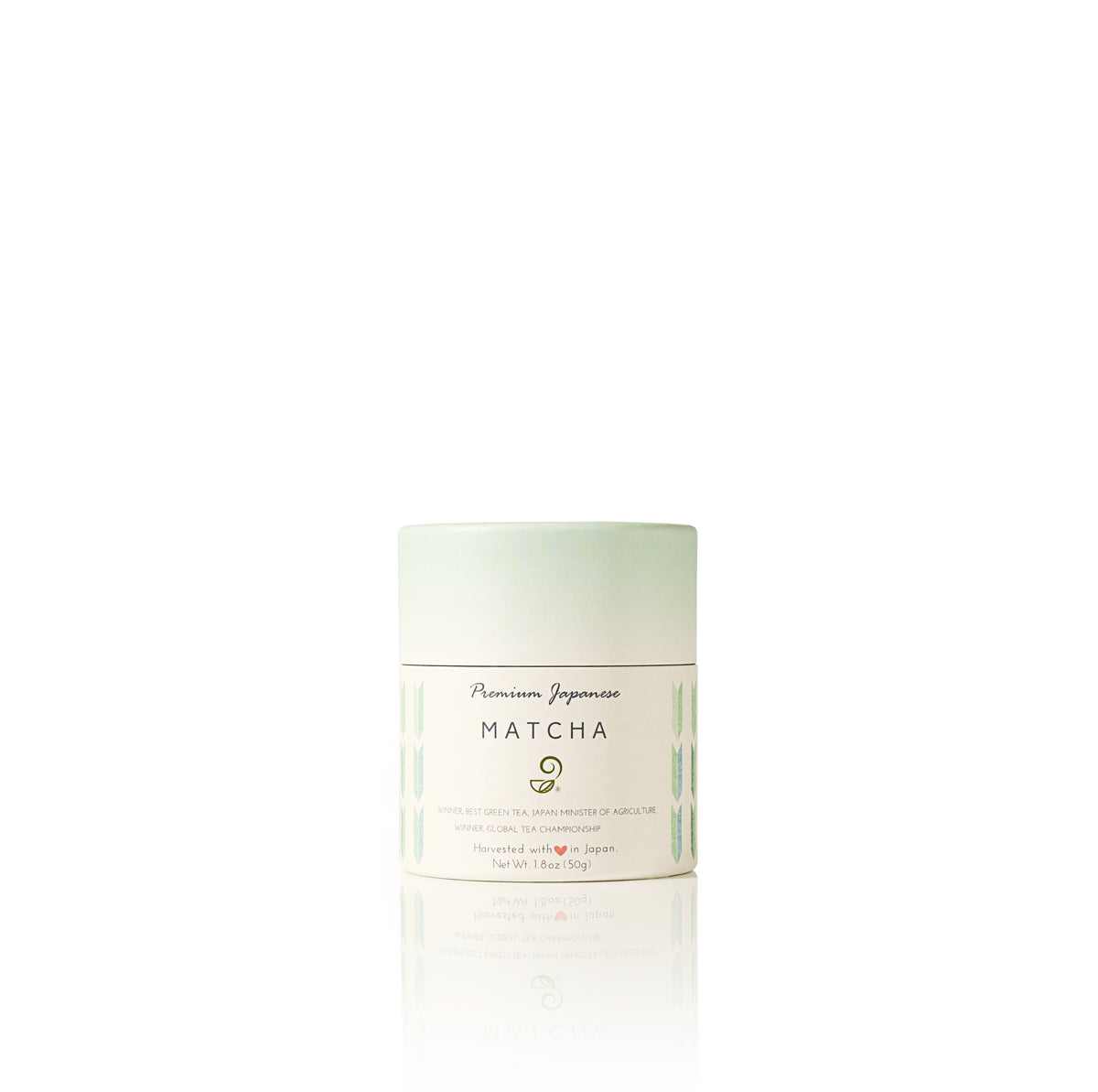
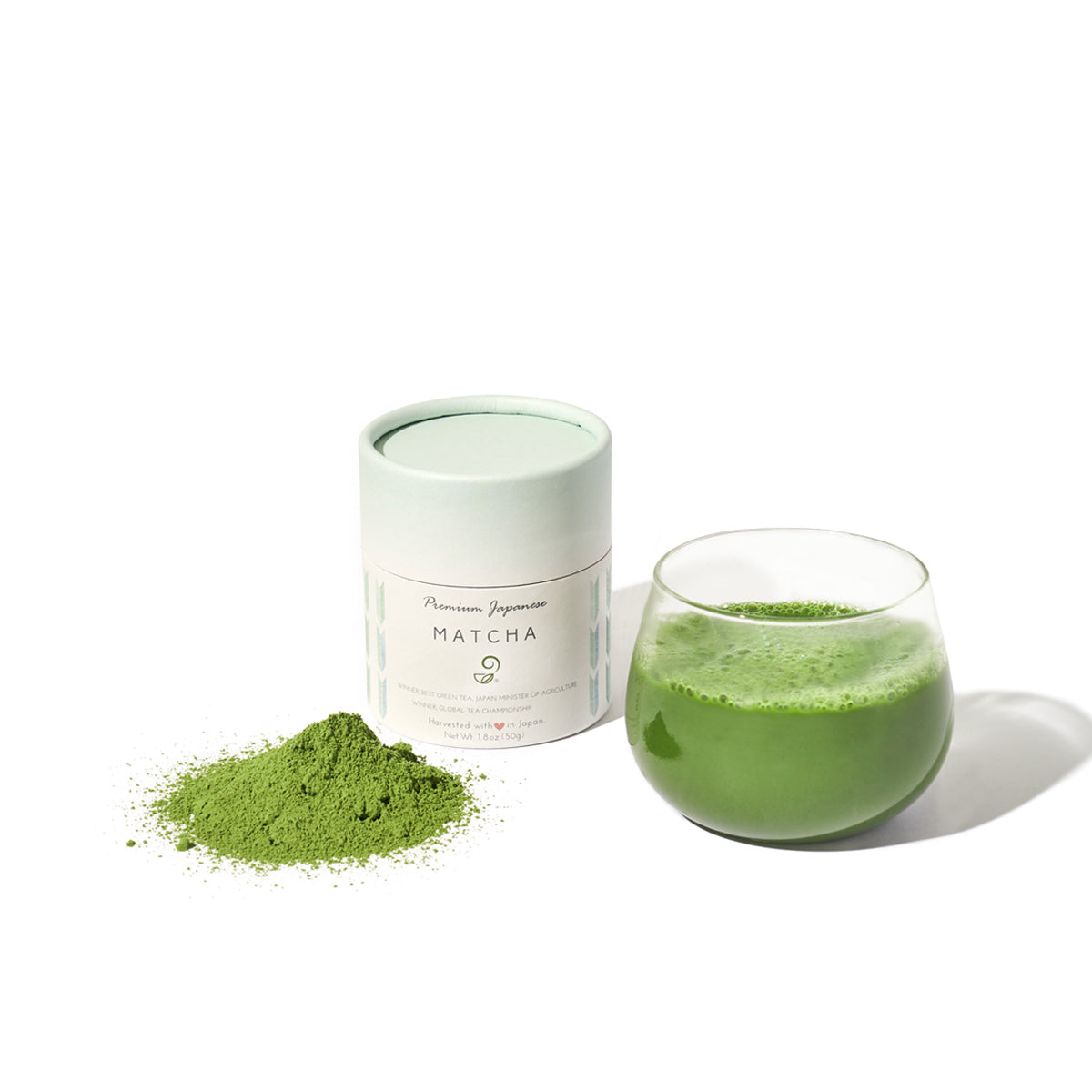
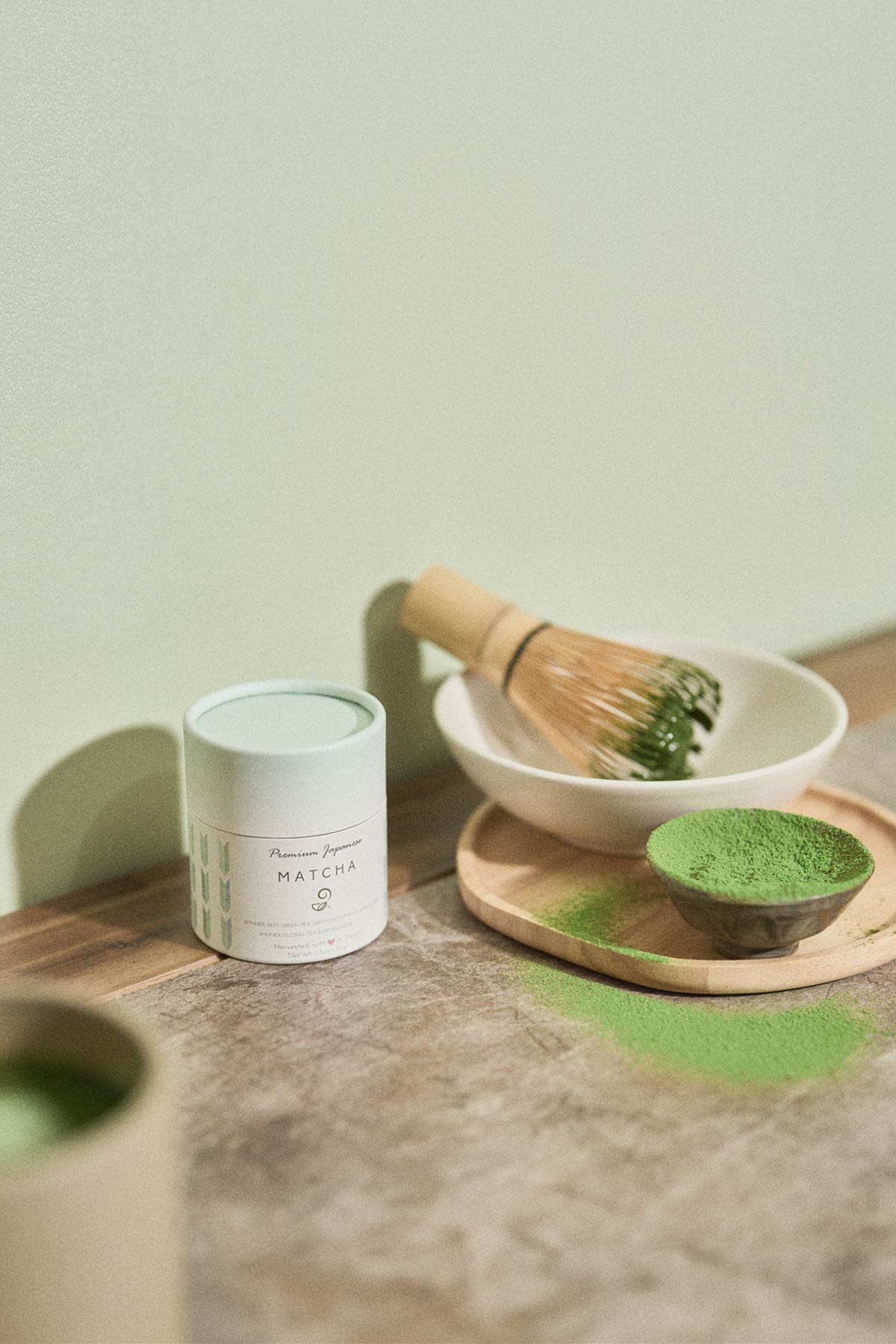
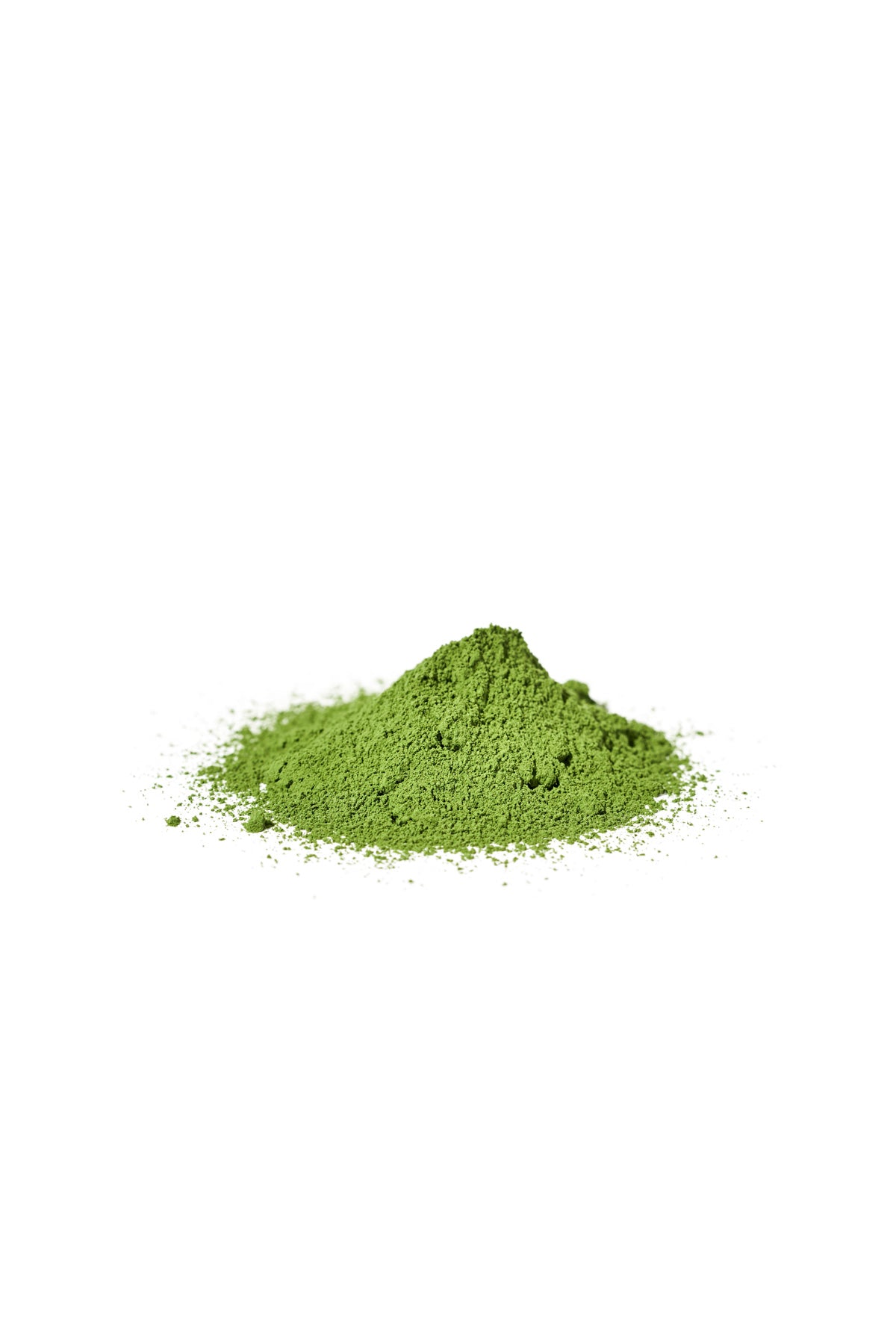
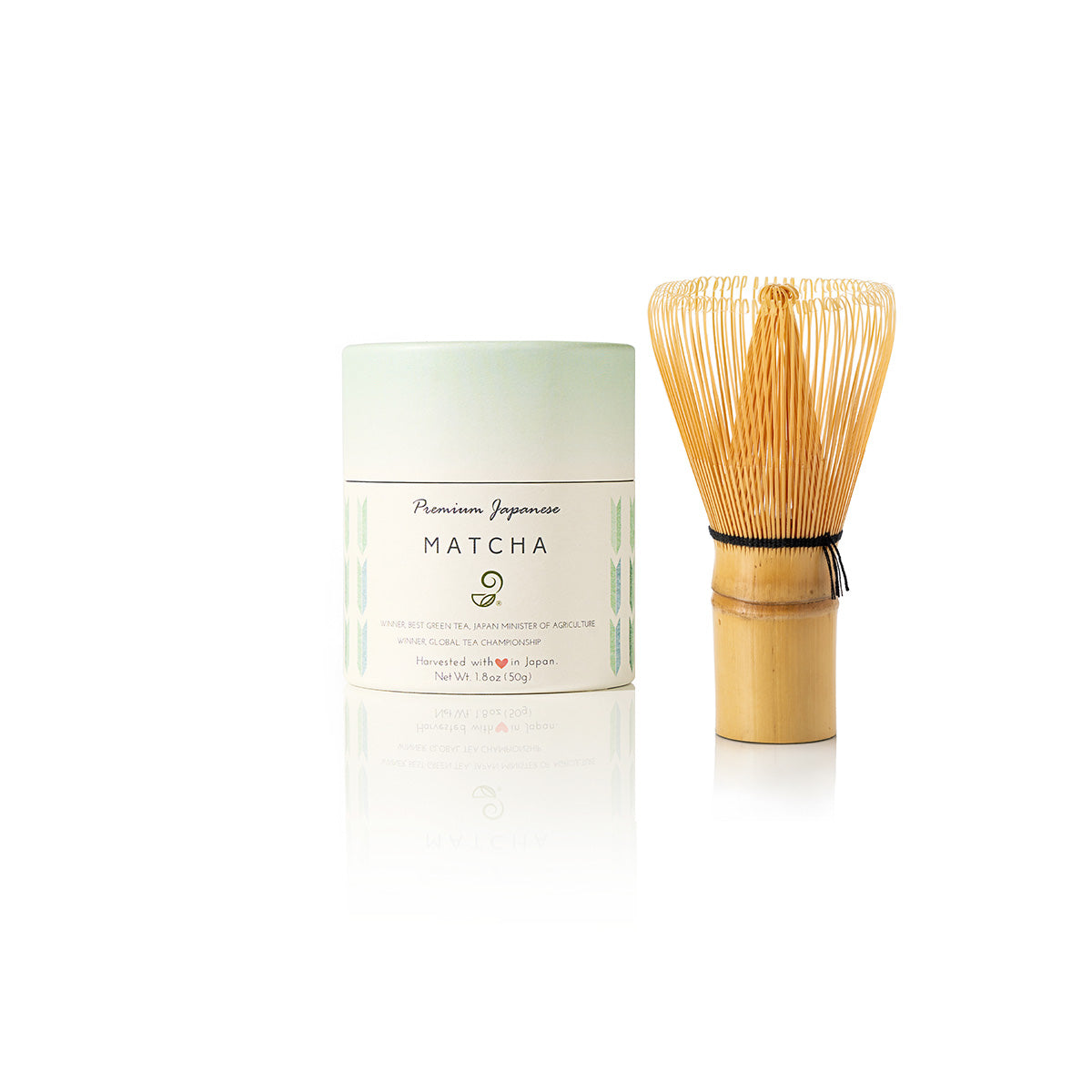
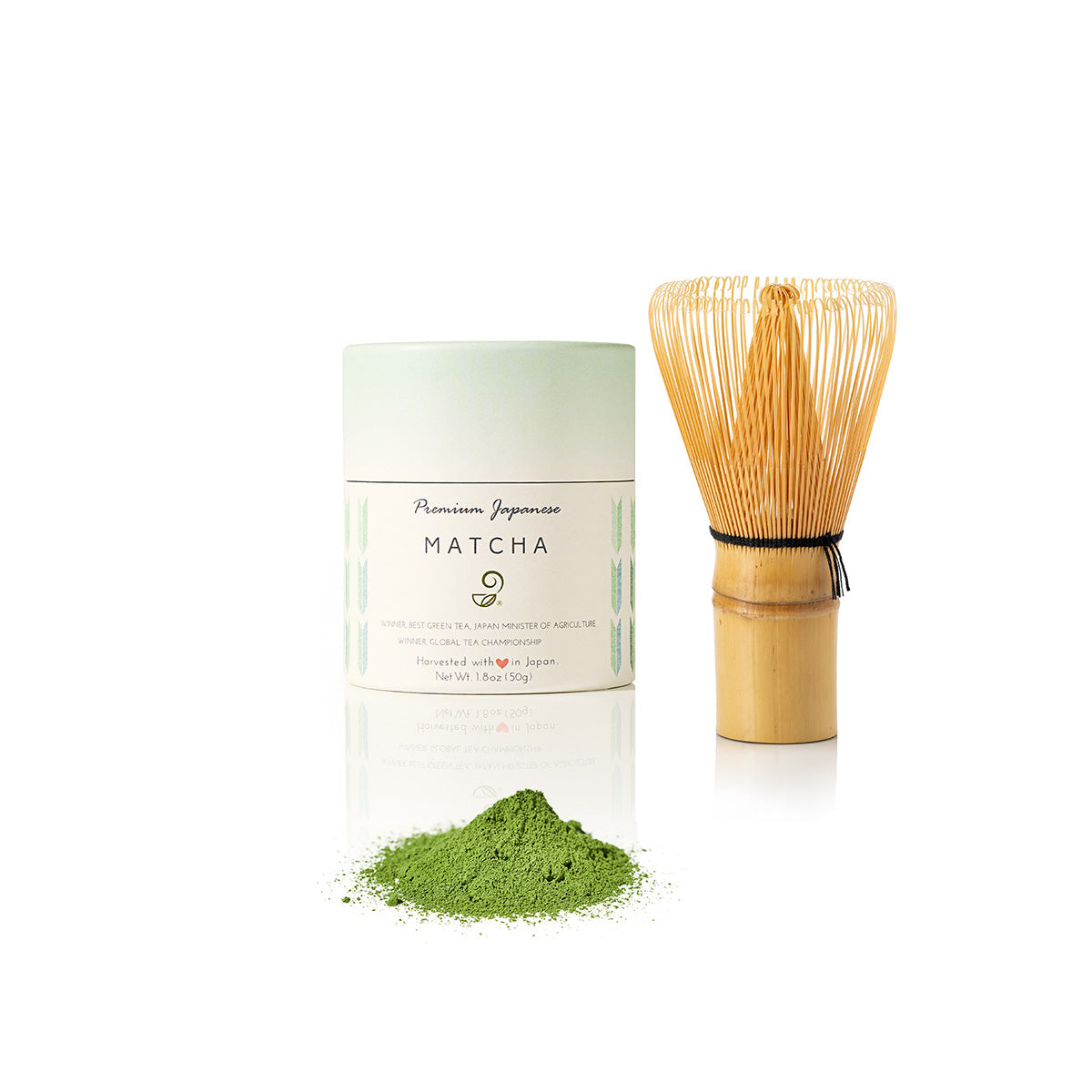
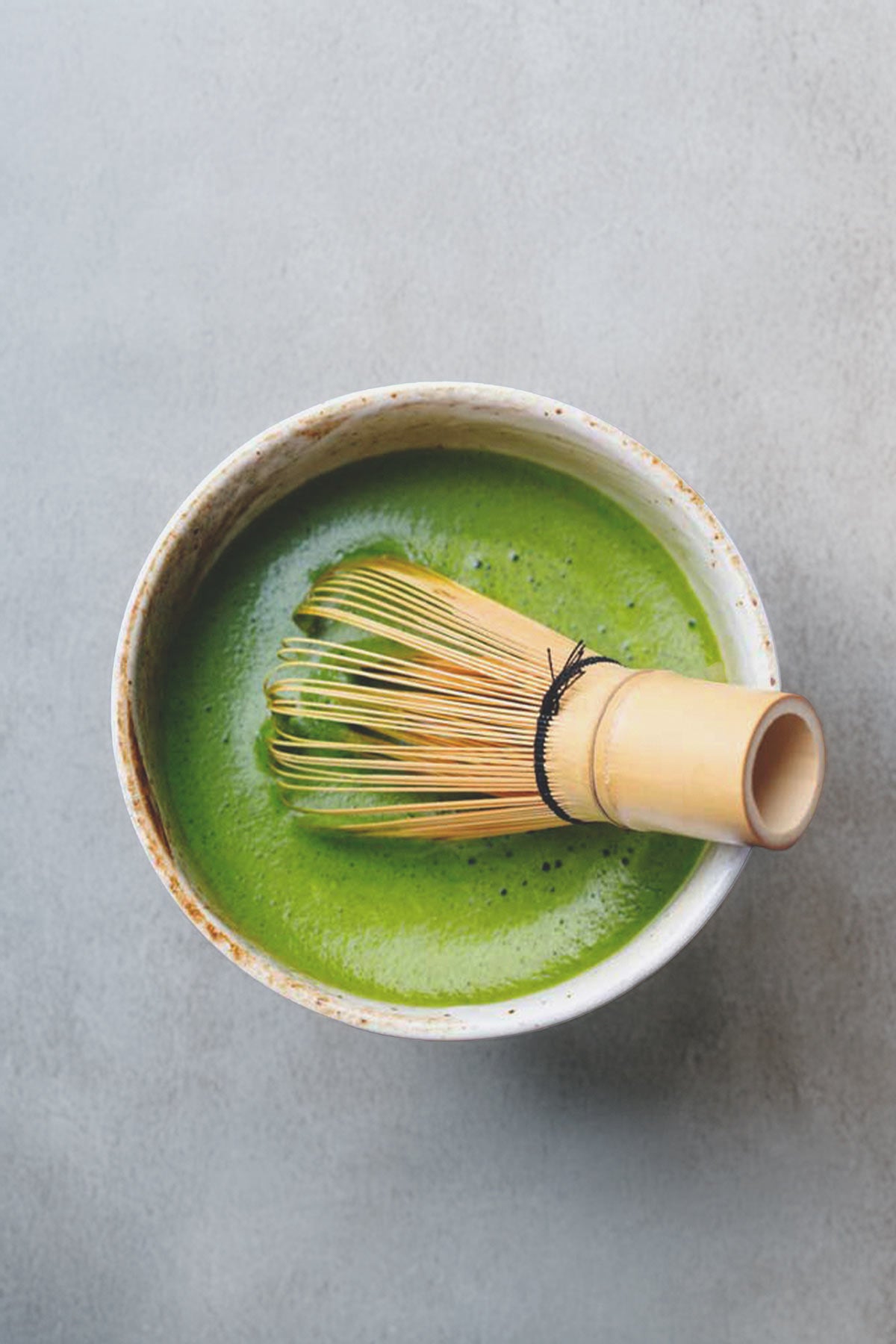
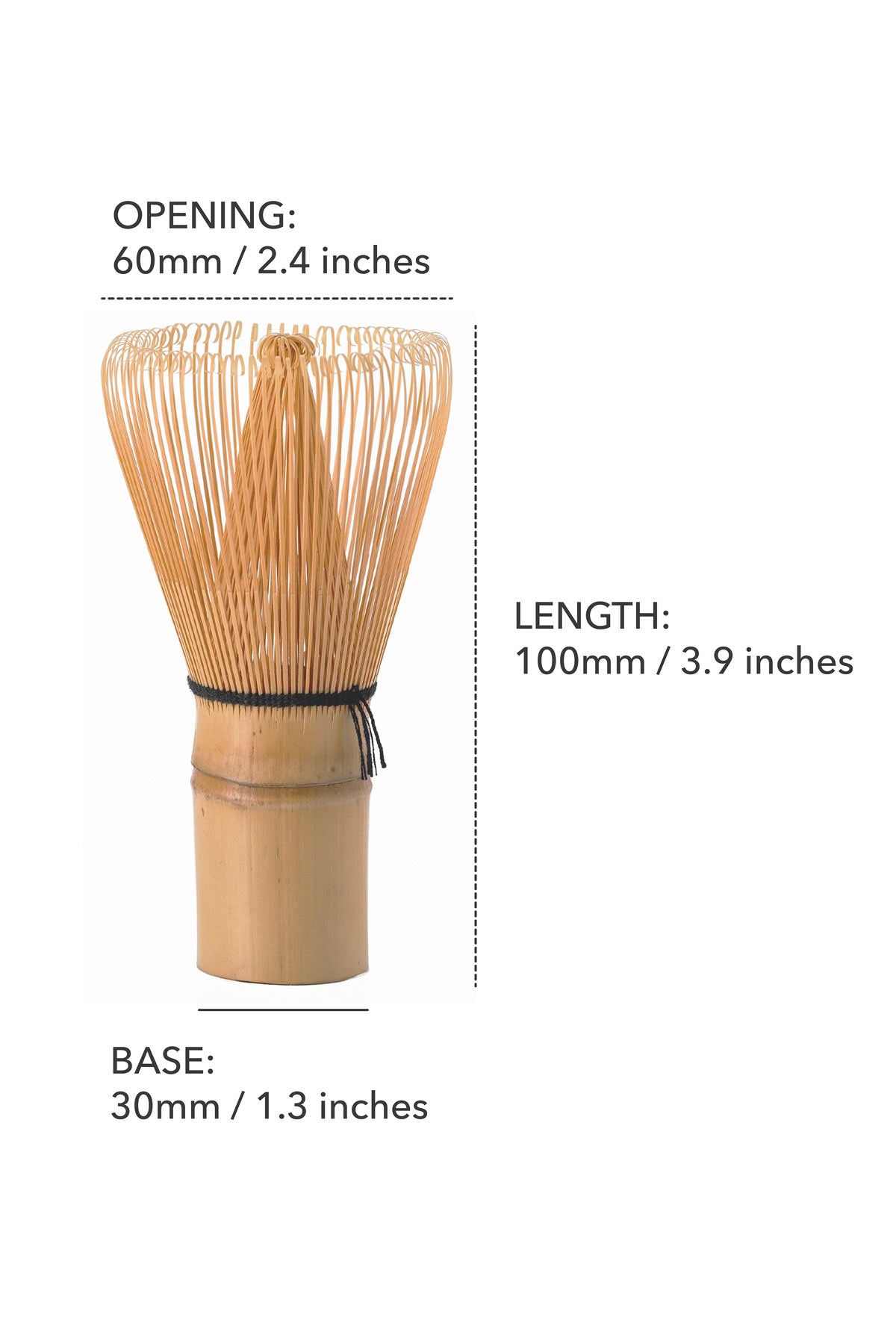
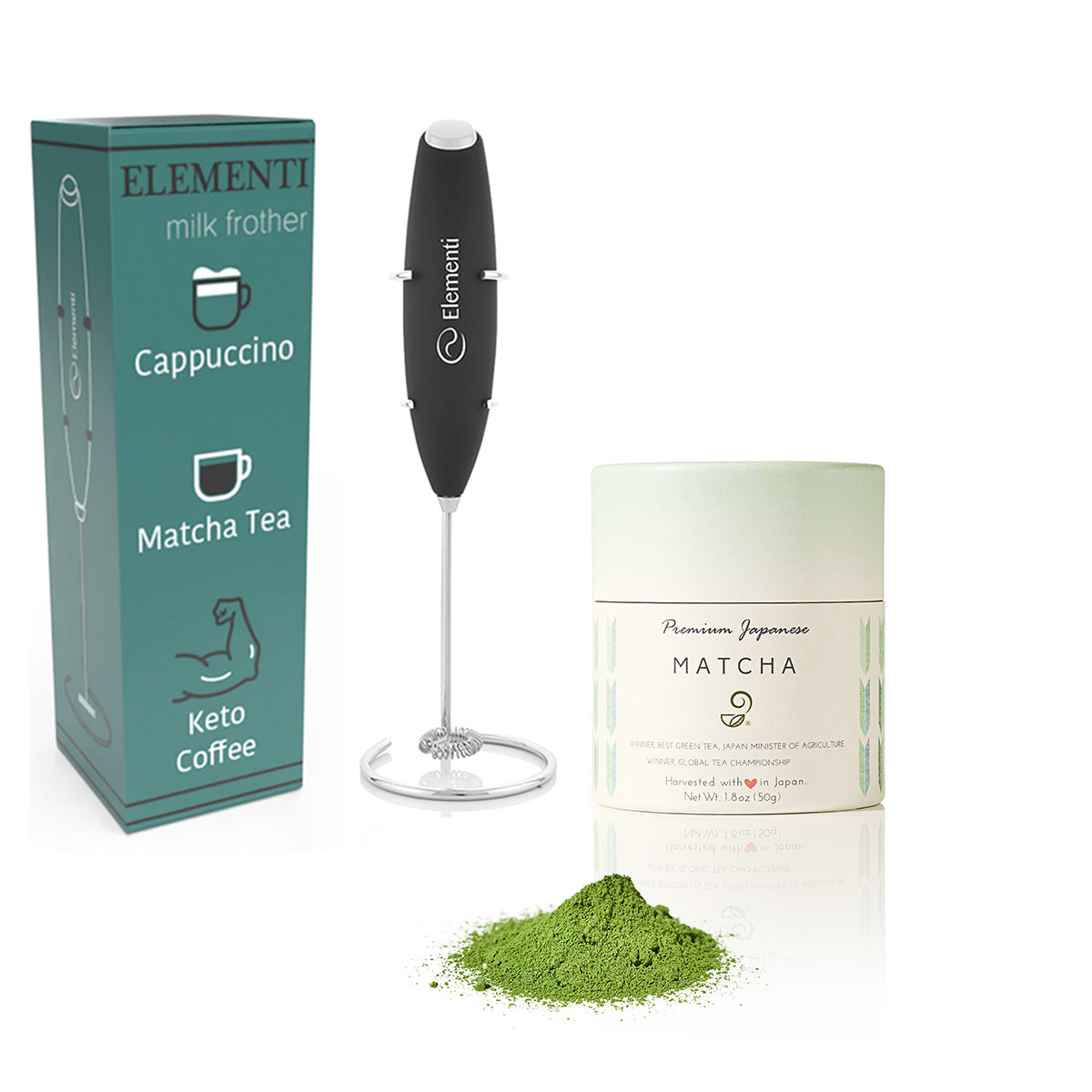
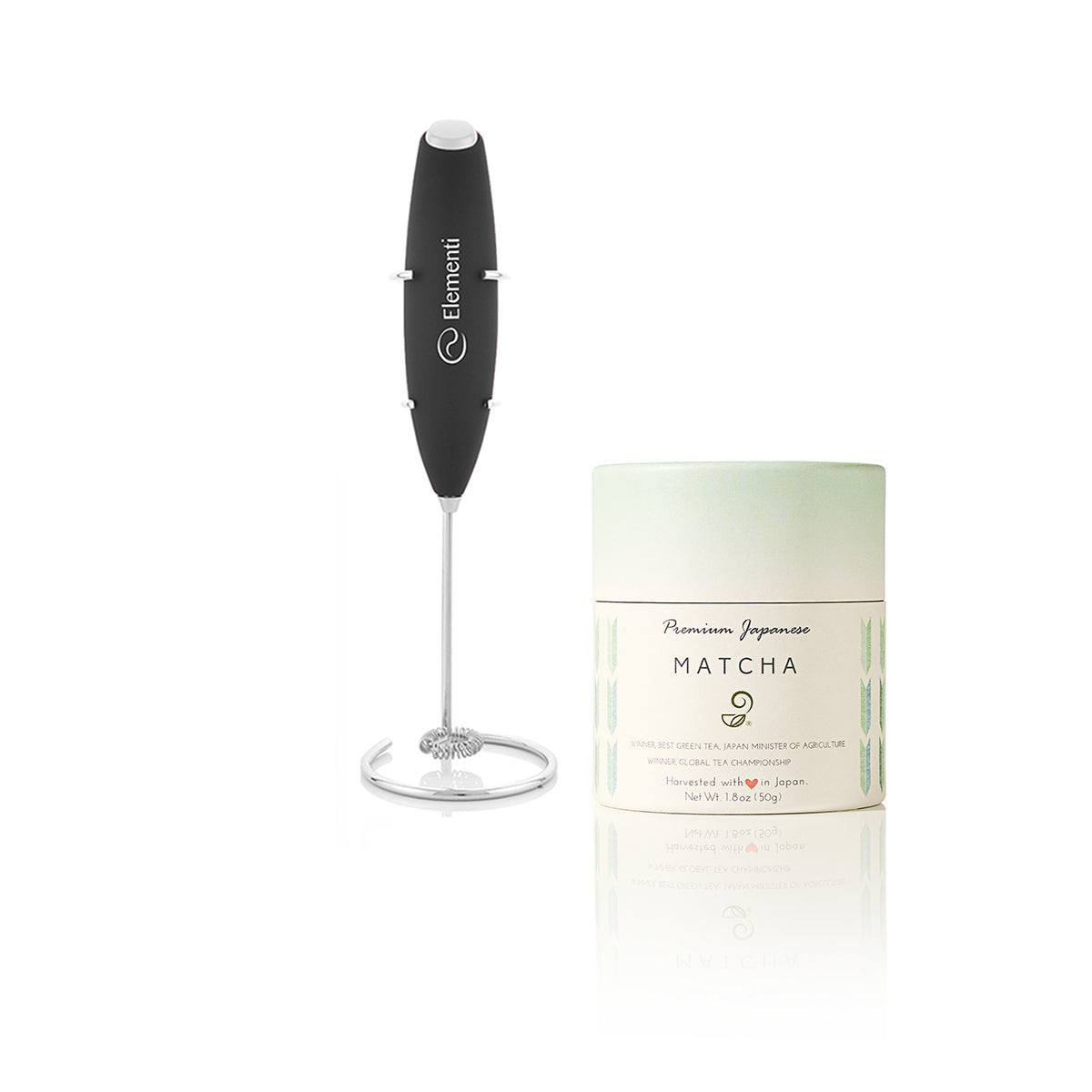
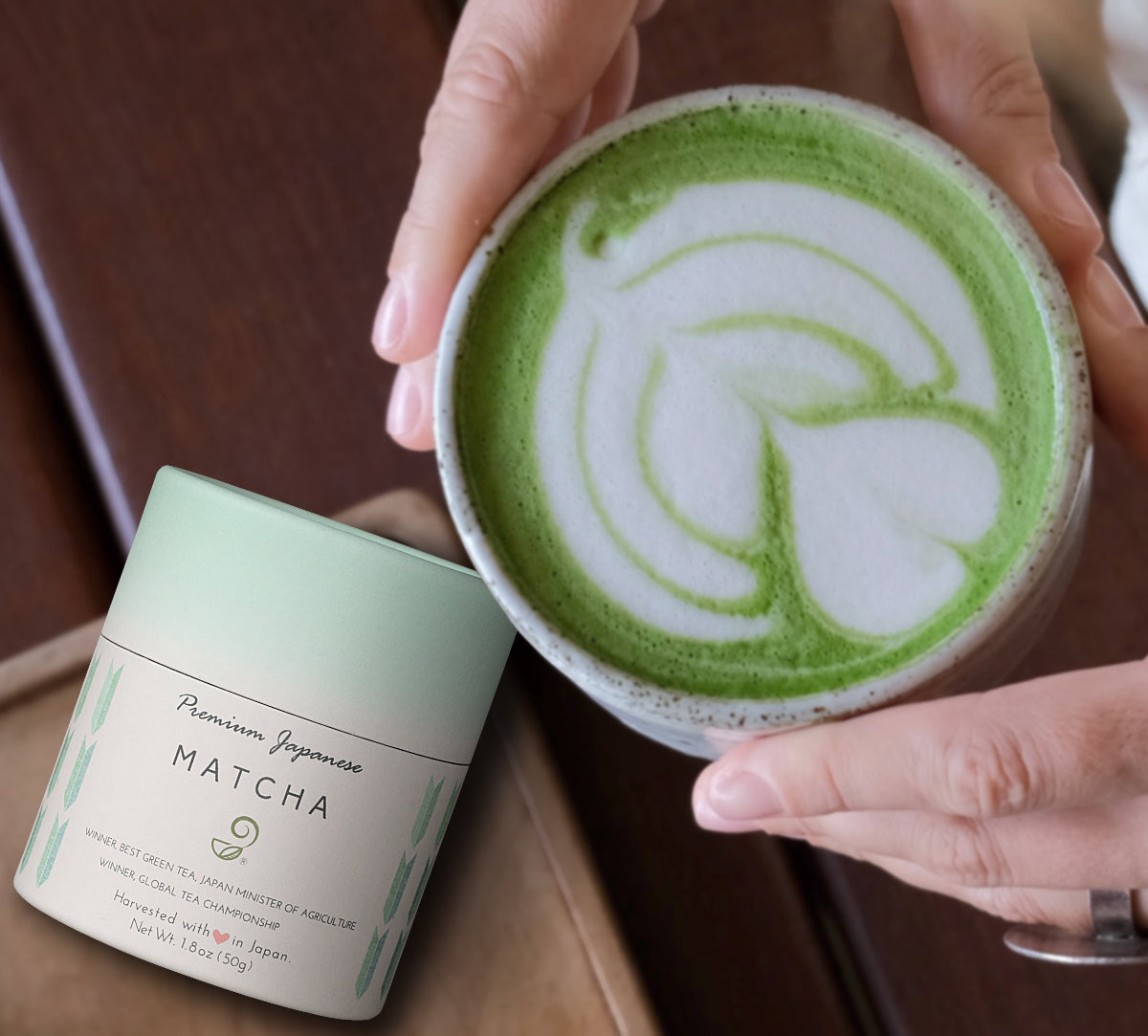
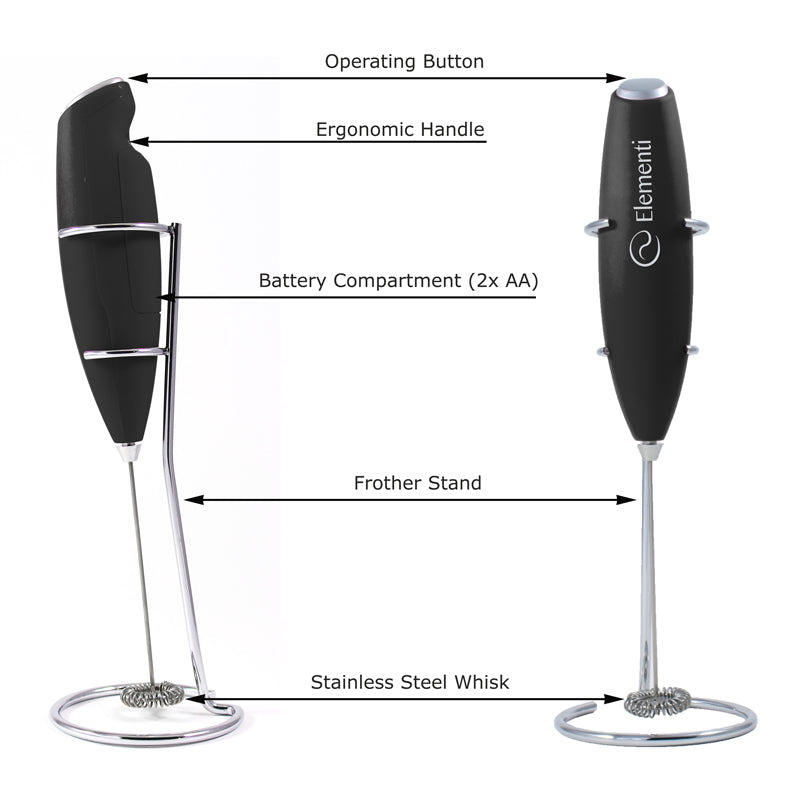
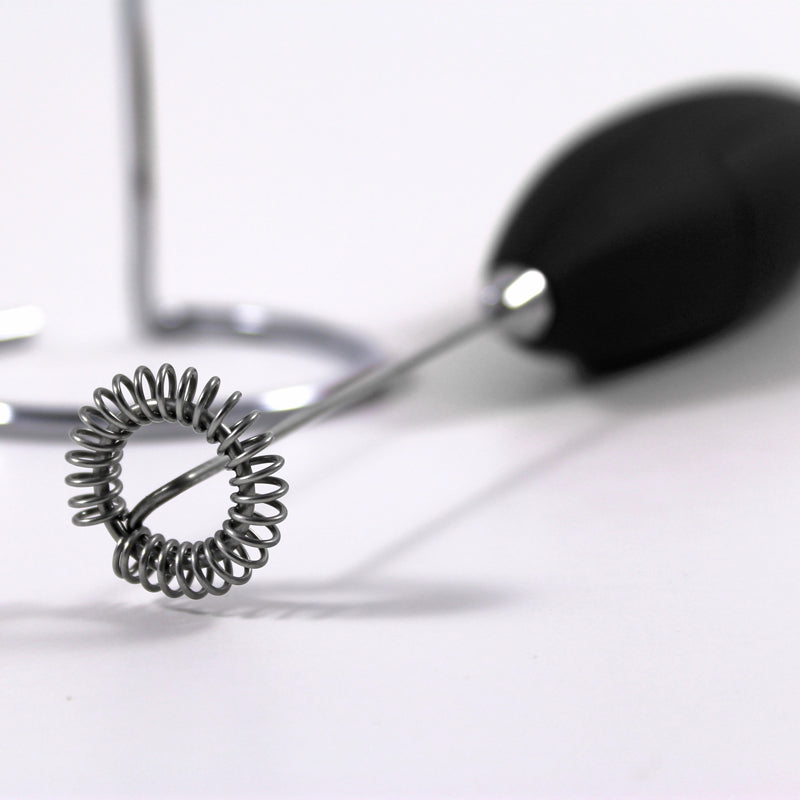
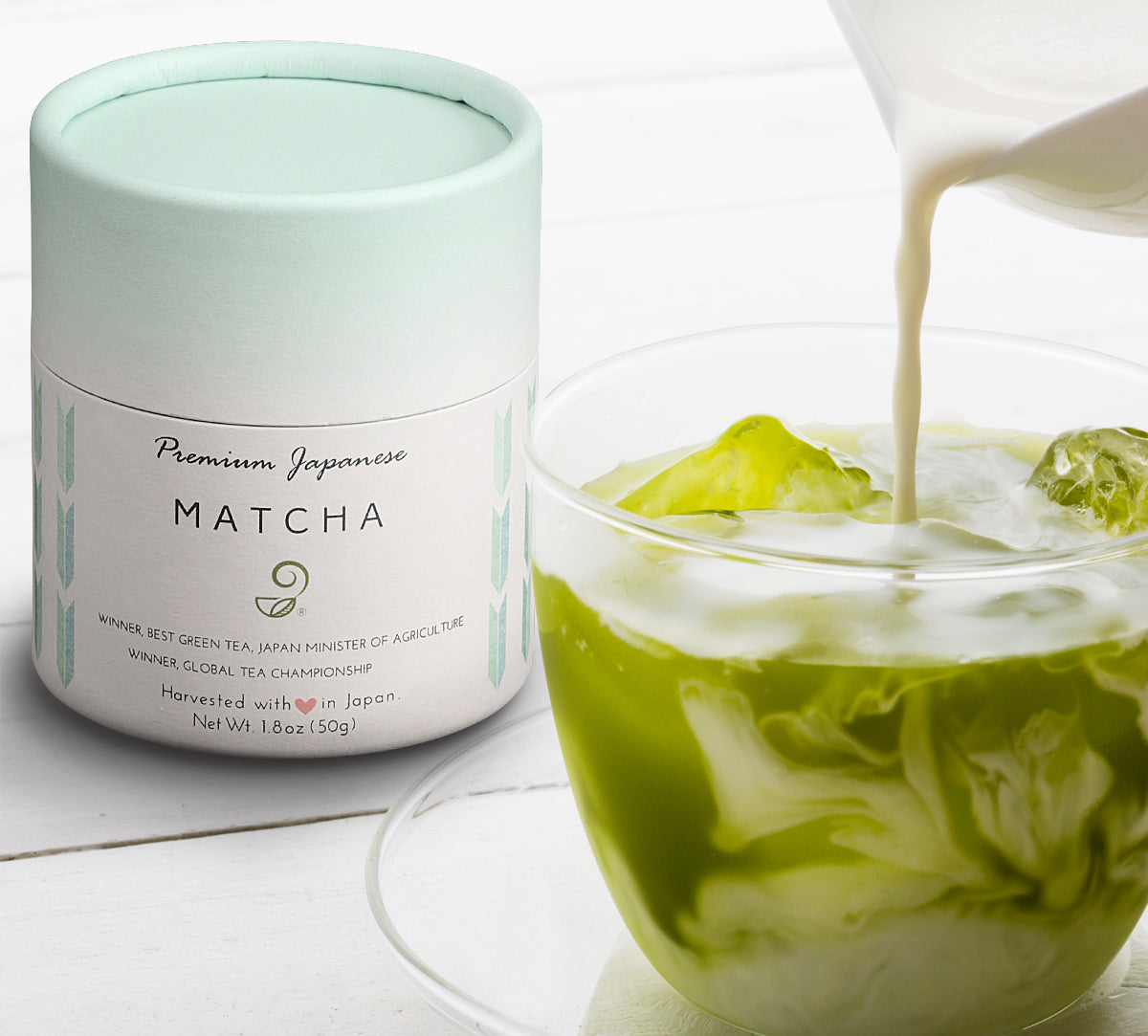
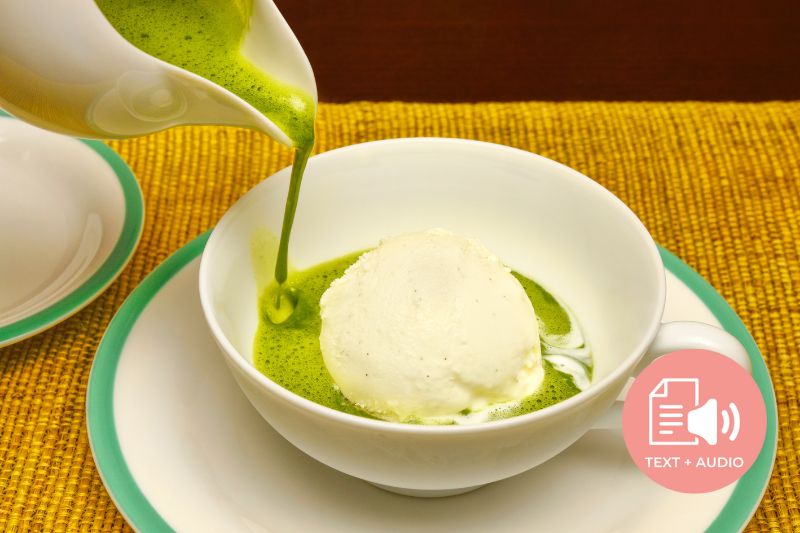


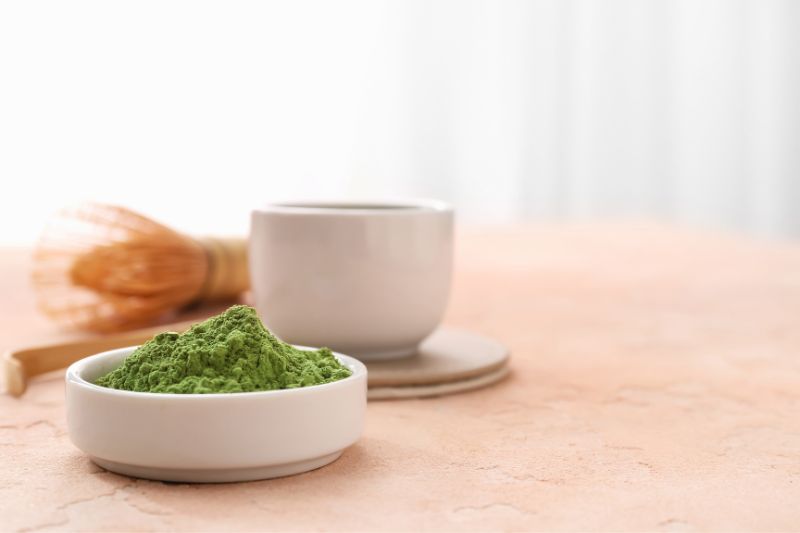




Hi Vinod, thank you very much for your comment.
Just a note: Depending on the green tea, if it has a too thin consistency with high astringency (tannins), your mouth including lips will become dry. If you drink low-quality green tea bags and brew them for more than 50 secs., there is a chance that tea leaves will become more bitter, and the tannin or the astringency tends to be dry too. Try to make a green tea with a bit thicker consistency and don’t forget to drink water for hydration. Use a lip balm, aloe vera, coconut oil, or cucumber after tea in case you still have dry lips.